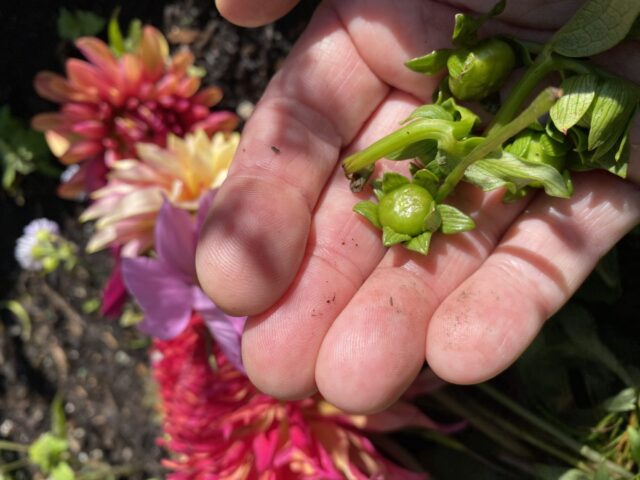How can an artist tool help you when starting a new project?
When I’m in the midst of making a new artwork, there usually comes a time when the painting or mixed media collage feels off. And no matter how long I stare at the piece, I can’t figure a way forward.
Sometimes I’m overwhelmed by too many creative options. More often, I feel stuck because I’m overly focused on one part of the work-in-progress.
That’s when I step back and turn to my trusty viewfinder.
A viewfinder is a tool that enables artists to frame or crop a particular scene and to arrange their composition. Typically a square or rectangle made out of card or plastic, a viewfinder allows you see details you might normally overlook.
Art educators often use viewfinders to help visitors look closer at objects, artworks, and buildings. They are particularly useful when you’re looking at “busy” scenes.
By limiting what’s in the frame, the viewfinder helps you break down what you’re seeing into parts so that you can focus on just one area, rather than trying to see it all at once.
Viewfinders can be wonderful tools for non-artists, too — or for anyone feeling confused or overwhelmed — and, let’s be honest, who isn’t these days? 😉 They can help you see the world in a way you currently don’t. If you want to shift your perspective, uncover possibilities, and get clear on what really matters to you right now, try using a viewfinder!
Here’s how:
- Grab a sheet of paper and jot down everything that’s on your mind. Don’t overthink it or try to create “neat” lists or categories. Just jot down your thoughts and scatter the words and/or phrases willy-nilly on the page.
- Next, grab a piece of scrap paper and cut out a square shape.
- Then being moving your home-made viewfinder over your list of words and look through the square at what you’ve written. What do you notice?
- Continue to move the viewfinder around. What happens if you change the location of your viewfinder? What comes into focus now? What moves to the periphery?
- As you continue adjusting your “view”, ask yourself: Where am I hyper-focused? What’s in the periphery that I’d like add? What might become visible if I shifted my perspective?
Need help exploring what’s next for you and your team? Reach out to me and let’s talk.


